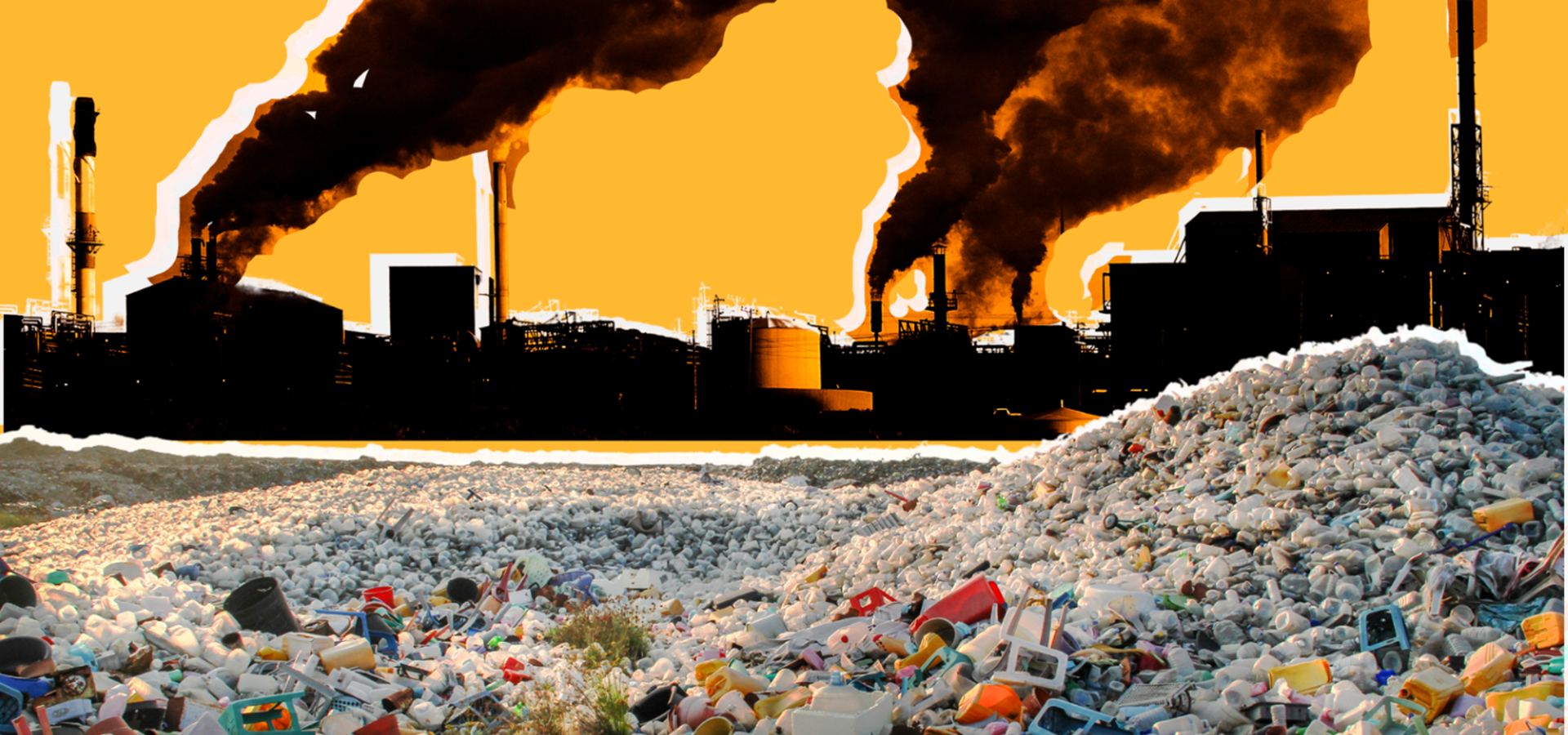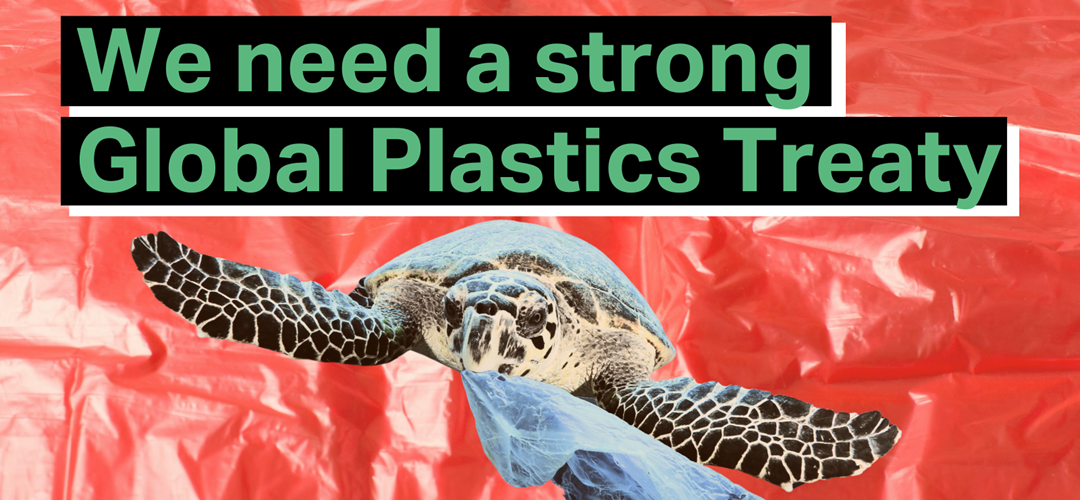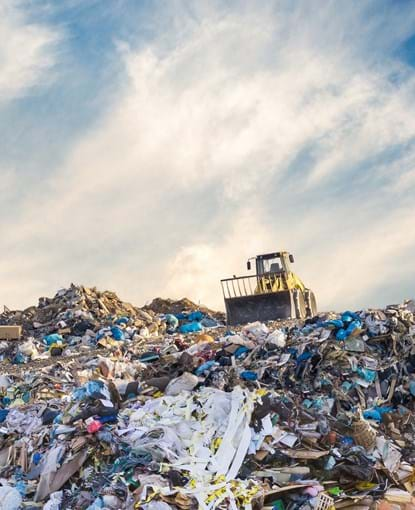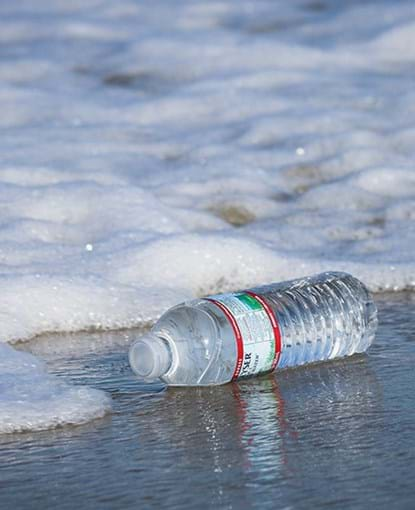Yes, that’s the idea behind the term ‘Extended Producer Responsibility’ (EPR). It’s a concept that basically says: “You make it, you take responsibility for it, even after it's been used.” EPR shifts the burden of dealing with waste from the consumer to the producer. It encourages companies to take responsibility for the environmental impact of their products throughout their entire life cycle, from production to disposal.
The European Union has adopted various directives and regulations that incorporate the principles of EPR into their waste management policies.
But the problem is that EPR systems rarely cover all the externalities that plastic really causes.
For example, under the revolutionary EU Single-Use Plastics Directive, plastic producers must cover, under EPR systems, the following costs for some plastics items:
- The costs of the awareness raising measures about reusable alternatives and about the impact of incorrect waste disposal
- the costs of waste collection for those products that are discarded in public collection systems
- the costs of cleaning up litter resulting from those products.
Unfortunately, that doesn’t even start to cover all the damages that plastic does to the environment or people’s health (greenhouse gas emissions, microplastic contamination, chemical pollution, habitat degradation, economic costs on communities, etc.). According to Carbon Tracker, plastics impose a massive untaxed externality upon society estimated to be about $1,000 per tonne ($350bn a year) from carbon dioxide, health costs, collection costs, and ocean pollution.






